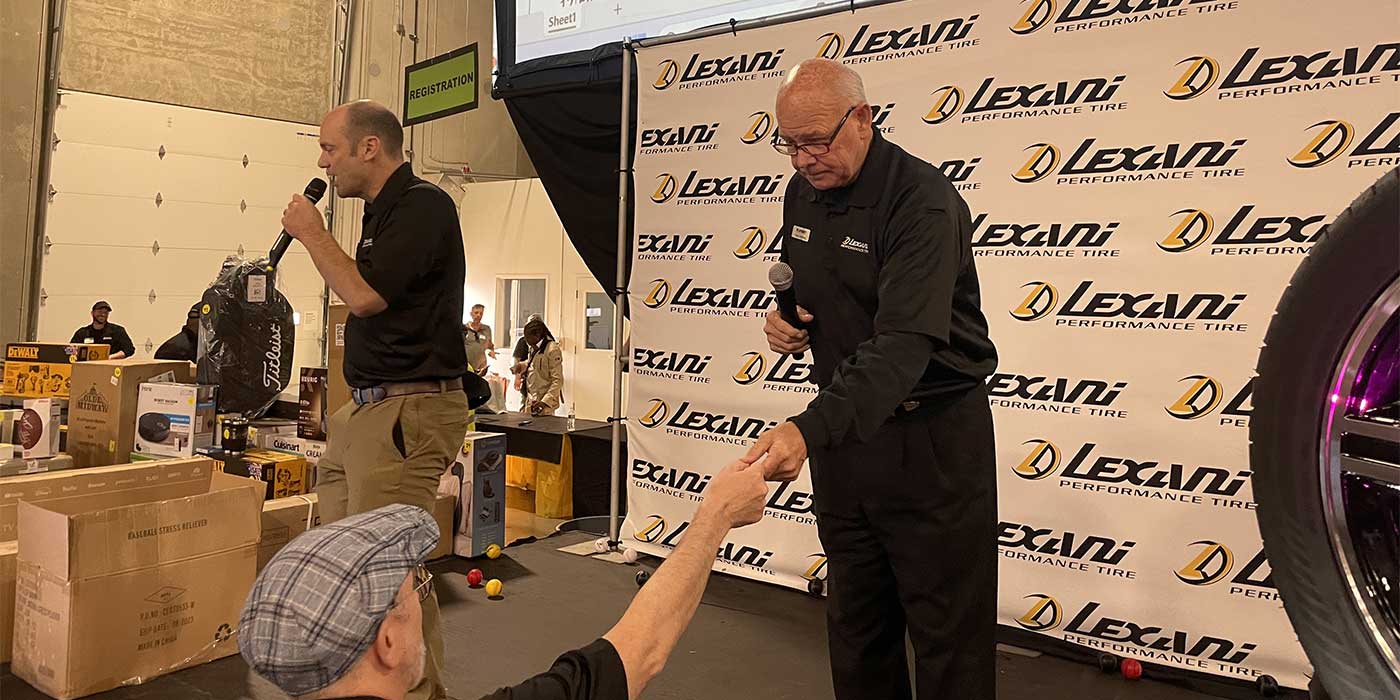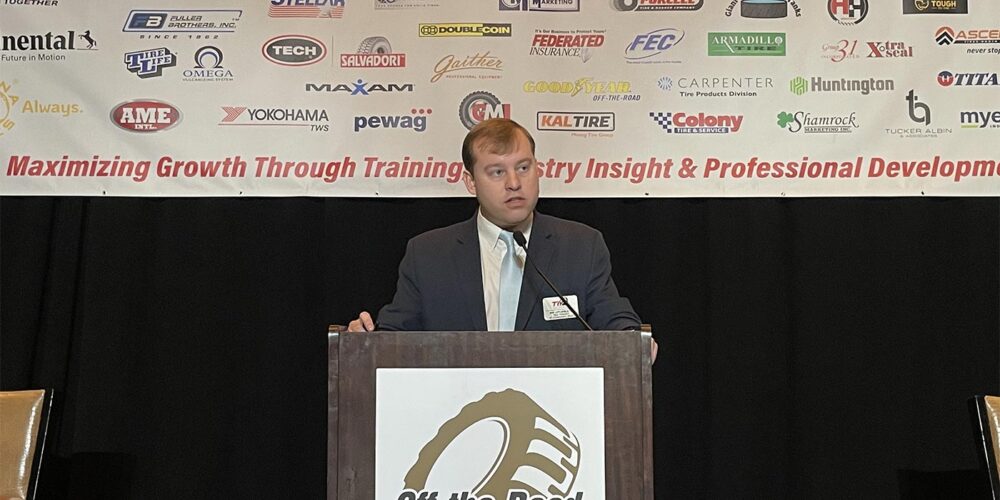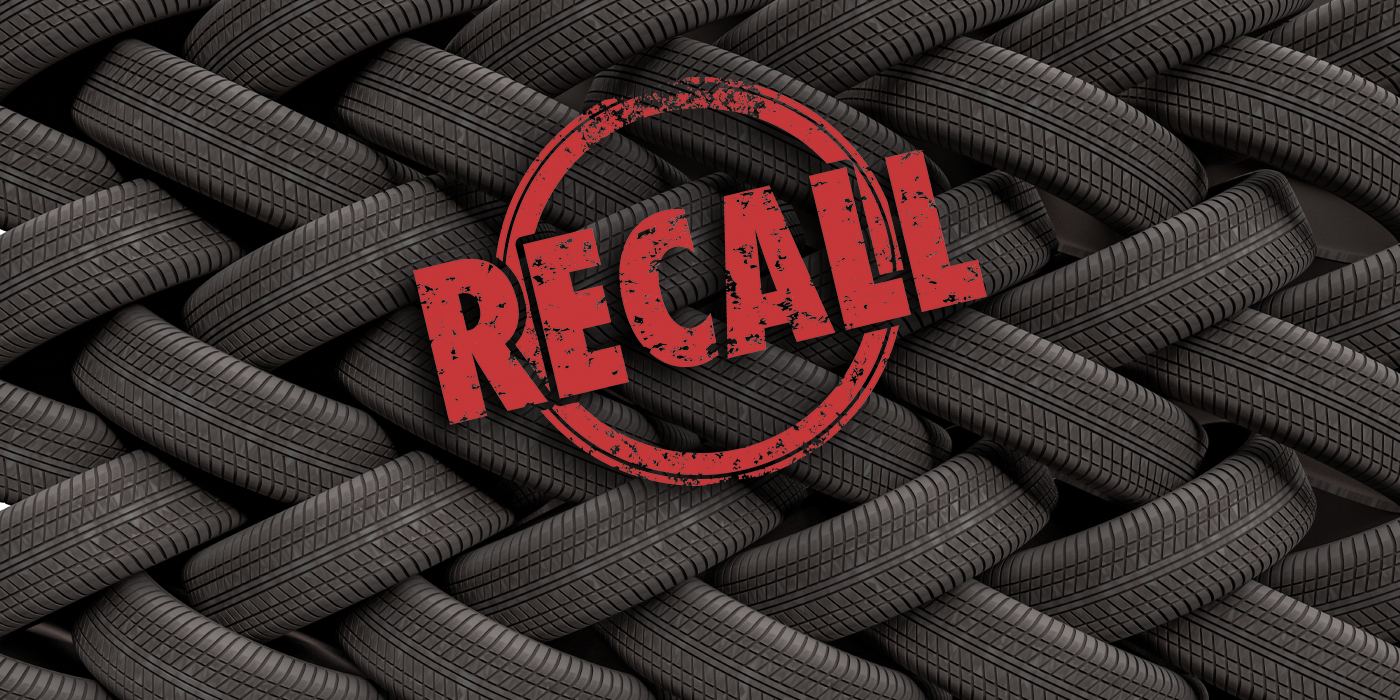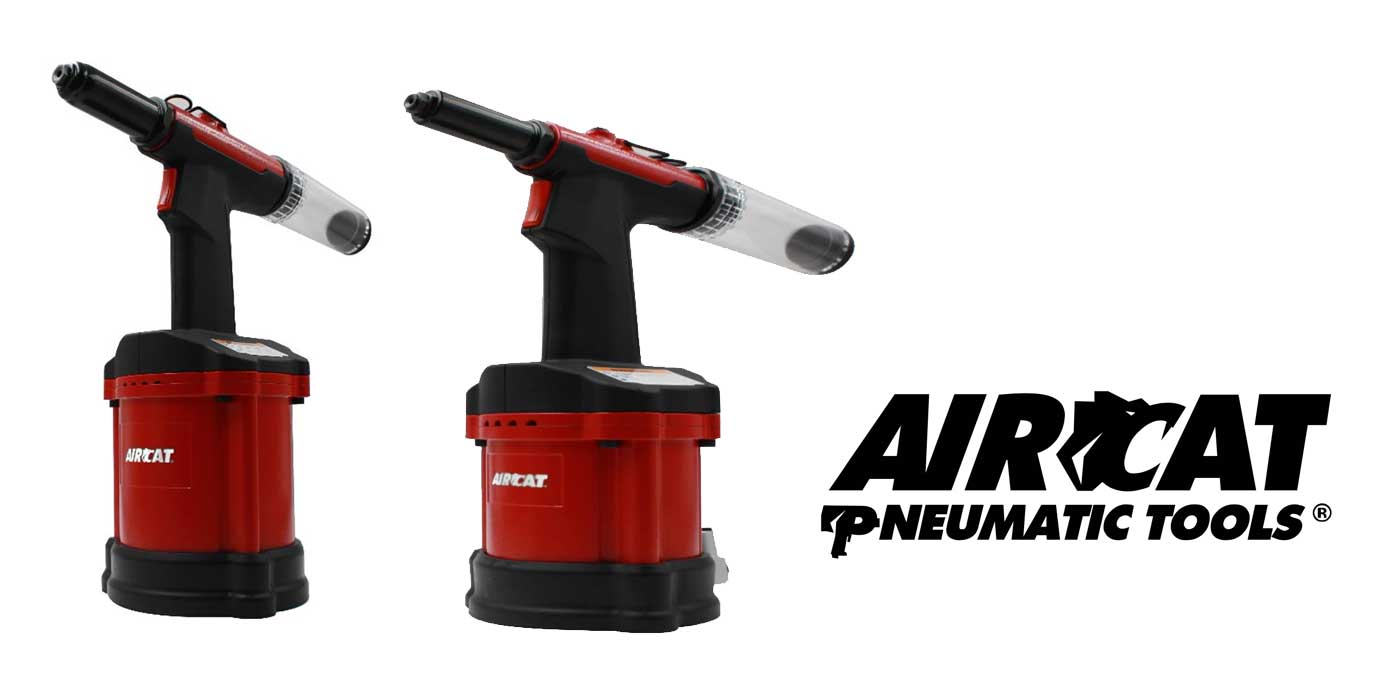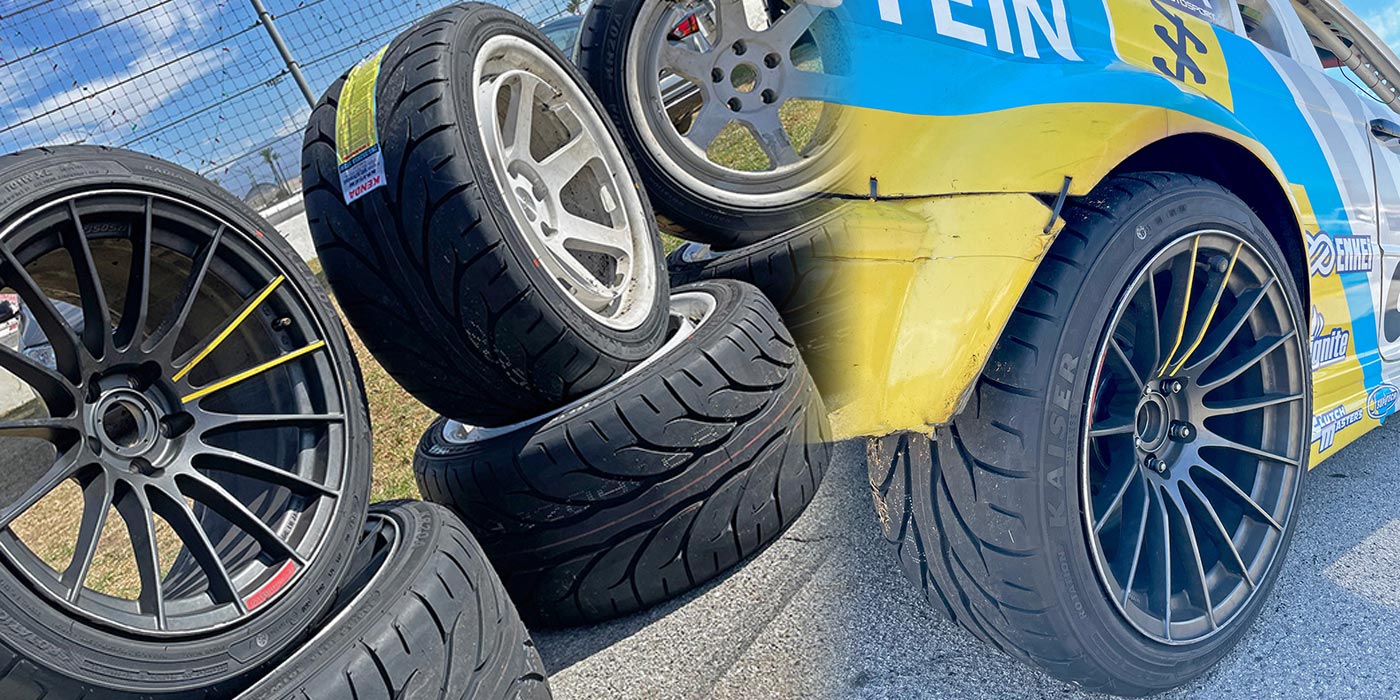The tax was supposed to “help fund efforts to support recycling and environmentally sound disposal.”
Just nine months later in February of 1990, a 14-million tire stockpile in Hagersville, Ont. burned.
Despite this dramatic event, by the time the Bob Rae NDP Government repealed the tire tax in 1993 the province had accrued over $150 million in revenue from the tax, yet had only spent less than one-tenth of that amount on promoting scrap tire recovery and recycling. Upon repealing the tax, then Finance Minister Bud Wildman stated that, “What the industry said is quite true, that the whole amount was not used for recycling and for new technologies related to rubber. The revenues, of course, went to the consolidated revenue fund.”
While several other Canadian jurisdictions took the approach of establishing provincial tire collection programs (B.C. in 1991, Alberta in 1992 and Quebec in 1993), successive Ontario Governments have chosen to reduce tire stockpiles by enforcing landowner clean-up of existing tire piles and enforcement against the formation of new ones.
Unlike virtually every other consumer product (except maybe beer bottles), tire consumers leave their used product at the location where they buy their new tires. Tire dealers typically charge a fee – of which nothing accrues to the government – on each scrap tire left with them after a tire change to cover the costs of accepting, handling and storing scrap tires and to pay scrap tire collectors to collect, sort and finally haul scrap tires to legitimate end markets.
The Ontario scrap tire collection system works well – there are no significant tire stockpiles left in Ontario and 95% of the 12 million or so scrap tires currently generated in the province annually are diverted away from stockpiles.
Nonetheless, to virtually eliminate even the small number of tires that find their way into stockpiles, scrap tire collectors should be accredited and approved by the Government of Ontario to be eligible to collect tires. By extension, tire dealers should be required to enter into commercial arrangements only with accredited collectors. Records regarding the pickup, transport and deliveries of scrap tires to end markets should be available for scrutiny by the Ontario Ministry of Environment.
But there is a much more pressing scrap tire issue in Ontario than a few dumped tires. Even when scrap tires are collected and delivered to “legitimate” end-uses, these end-uses are often less than environmentally optimal and in some cases environmentally deleterious.
In the face of the rising price of oi,l energy-thirsty manufacturing processes are constantly searching for cheap fuels.
The synthetic rubber in tires is manufactured from crude oil – as a result a single tire contains 25% more energy than its equivalent weight in coal. Producing cement in a cement kiln by burning scrap tires rather than natural gas saves well over $20 for each tonne of cement produced (though this does not account for the environmental cost of the associated increase in pollution). So it’s not surprising that industrial boilers and cement kilns in Quebec and the U.S. willingly receive scrap tires in lieu of buying conventional fuels. Almost half the tires generated annually in Ontario are shipped out-of-province for burning as industrial fuel.
However, what this means is that a number of Ontario rubber recycling companies that produce value-added products (e.g. automotive moldings, blast mats, playground surfacing, rubberized asphalt, roof shingles, etc.) are struggling. Their value-added and environmentally superior products are inherently more costly to produce than simply sending scrap tires up in smoke.
Complicating matters is the fact that a cement kiln in Bath, Ont. has recently been granted an approval by the Ontario government to burn tires. While the approval is facing a legal challenge, if it is ultimately upheld it will mean that the flow of tires out of Ontario for burning will be redirected to burning in Bath. With other cement kilns following suit it is likely that in the absence of a system to promote scrap tire recycling, burning tires will quickly become the predominant form of scrap management in the province.
In this regard Ontario needs to establish a tire recycling fund that will be used to provide a system of consumer-based buy-recycled rebates for products containing recycled rubber as well as funding rubber recycling research and development.
As an example of how such a rebate system would work, an automobile manufacturer using rubber components manufactured with recycled content would be eligible for a rebate on their purchases based on the recycled content of the product in question.
The tire recycling fund and the system for registering tire collectors and tracking the flow of collected tires should be established by tire manufacturers or “brand-owners” and by tire importers if they bring in tires on behalf of brand-owners. This system of “extended producer responsibility” for promoting rubber recycling will compliment Ontario’s existing high tire collection rate ensuring both high rates of scrap tire collection and recycling.
In 2005 a proposal by tire manufacturers and big box retailers would have seen the current province-wide system for tire collection suspended in favor of a centralized system for funding the collection and processing of tires and clean up of the few existing stockpiles. This system was to be funded by a $4/tire point-of-sale fee on new tires. The plan was publicly rejected by the Premier of Ontario as a tax, was confirmed by Ontario government lawyers as such and was subsequently shelved.
Certainly Ontario doesn’t need to reinvent the wheel with regard to scrap tire collection nor does it need a new $5/tire tire fee or tax (such as that in British Columbia). With the existing collection system and modest annual investments by tire manufacturers to promote recycling, Ontario could easily establish the most environmentally and cost effective scrap tire collection and recycling system in Canada. (Tire Review/Akron)



